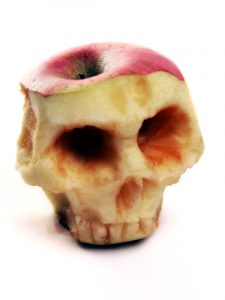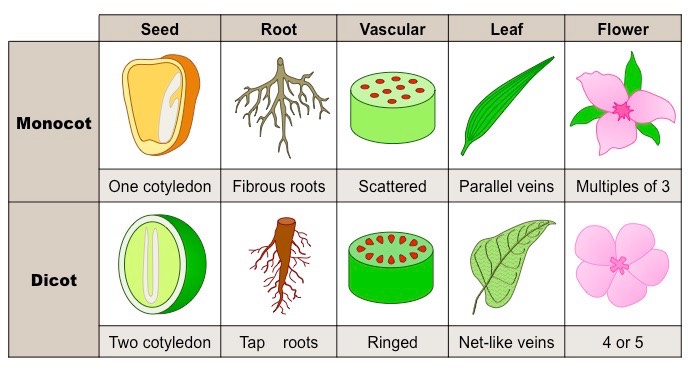
Indigenous Science: Classification (WIP)
Add to favouritesYear 7 & 8 TOC Indigenous Science Classification Classification (taxonomy) is the practice of defining and naming groups of living and non-living things,


 Add to favourites
Add to favourites Plants belong to the kingdom Plantae and are arguably one of the most important organisms on Earth! Without them life wouldn’t exist as we know it. In the Amazon alone, there are roughly 80,000 plant species.
WHAT WILL YOU LEARN?
All plants share some common characteristic, however, they do have difference between them that allow us to group them into different categories. Watch the video below for an overview of how we categories plants.
We can start grouping plants by understanding how they reproduce. Do they use seeds or spores?
If you every eaten an apple or orange you would have seen the seeds inside. When these seeds are planted they can grow into a new plant.
Some plants, such as ferns, mosses and liverworts reproduce threw spores. Spores are tiny and only contain half the genetic information needed to make a full organism.
You may have heard that apple seeds can kill you, but how accurate is that?

While it’s true apple seeds can indeed be poisonous, you need to crush them and take a lot of them to kill you. I’m talking 150 to several thousands of crushed seeds!
Apple seeds contain amygdalin and when metabolised in our digestive system it breaks down into hydrogen cyanide.
If you want to learn more read the follow article.
Like all living things, plants need water. Some plants use a system of tubes to transport the water from the roots to the leaves. We call this system of tubes, the vascular tissue.
Other plants, such as moss and liverworts have no vascular tissue. They live in damp places and absorb water through all their parts.
There are 2 different types of non flowering plants that do not produce by seeds. These are called Pteridophytes or Bryophytes. Select the ‘i’ icons below to learn more about these 2 groups of plants.
Have you noticed how some plants have flowers, while others don’t. Flowers are a great way to attract insects and birds to the plant. Insects and birds help pollinate the plant.
Plants without flowers can still pollinate, by using the air and other animals to help carry their pollen from one plant to another. Cycads and conifers spread their pollen through catkins and open cones, which release pollen into the air.
We can divide flowering plants into 2 groups. Monocotyledons (monocots) and Dicotyledons (dicots). There are a few differences between them.

ACTIVITY
Is the image below a monocot or dicot plant?
KEY POINTS
Not all plants reproduce in the same way. Some use seeds while others use spores.
WHERE NEXT?

Add to favouritesYear 7 & 8 TOC Indigenous Science Classification Classification (taxonomy) is the practice of defining and naming groups of living and non-living things,

Add to favourites Year 7 & 8 Topics Classification What are species? There are roughly 8.7 million species on our planet, but, what does that

Add to favourites Year 7 & 8 Topics Classification Scientific Names and Linnaean Taxonomy Think about your home. If you were talking to someone in

Add to favouritesYear 7 & 8 TOC Wow science The platypus puzzle When people first discovered the platypus they were very confused! It didn’t conform

Add to favourites Year 7 & 8 Topics Classification Classes of vertebrates Once an organism is categorised into a phylum, we can further group them

Add to favourites Year 7 & 8 Topics Classification Categorising Animals Mathematician, computer science expert and animal rights advocate Brian Tomasik estimates the total number

Everything we provide is free. Help us keep this resource free by donating and helping us cover our running costs. Every little bit helps!